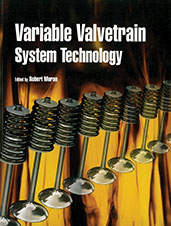Technical Paper
“Fair” Comparison of Powertrain Configurations for Plug-In Hybrid Operation Using Global Optimization
2009-04-20
2009-01-1334
Plug-in Hybrid Electric Vehicles (PHEVs) use electric energy from the grid rather than fuel energy for most short trips, therefore drastically reducing fuel consumption. Different configurations can be used for PHEVs. In this study, the parallel pre-transmission, series, and power-split configurations were compared by using global optimization. The latter allows a fair comparison among different powertrains. Each vehicle was operated optimally to ensure that the results would not be biased by non-optimally tuned or designed controllers. All vehicles were sized to have a similar all-electric range (AER), performance, and towing capacity. Several driving cycles and distances were used. The advantages of each powertrain are discussed.

